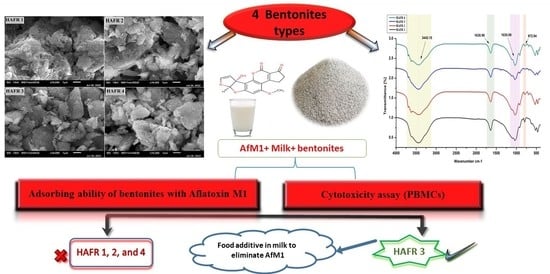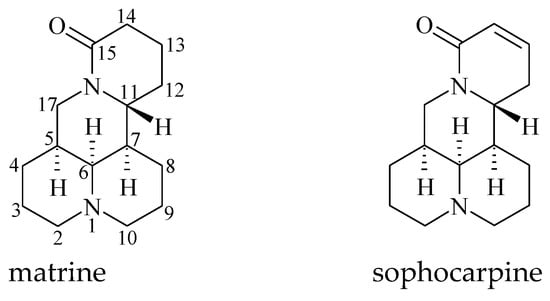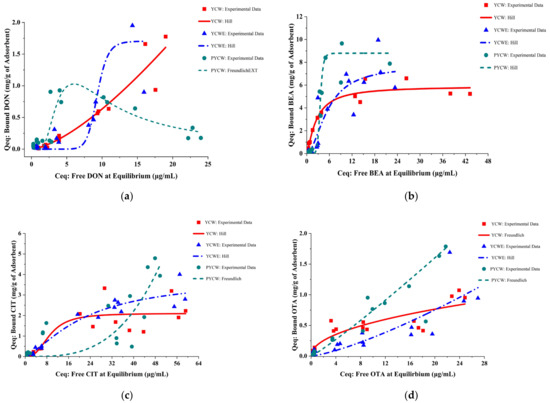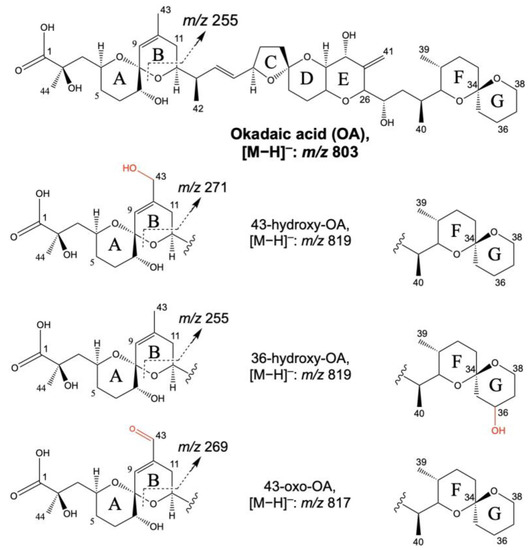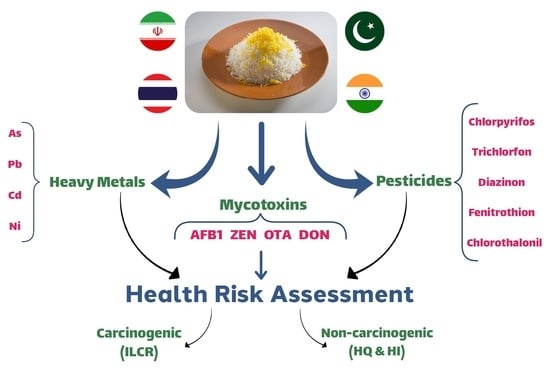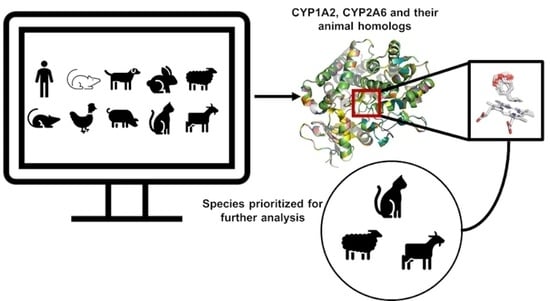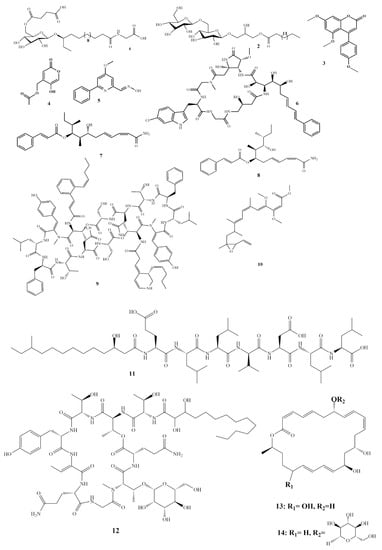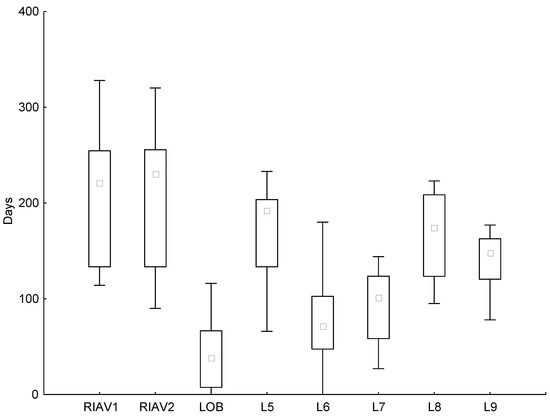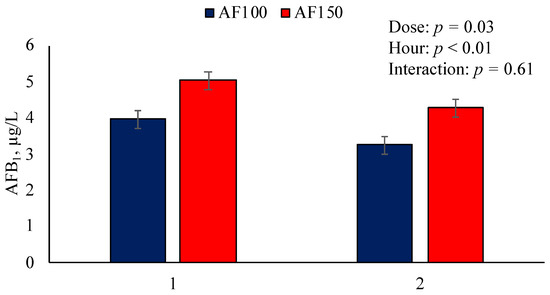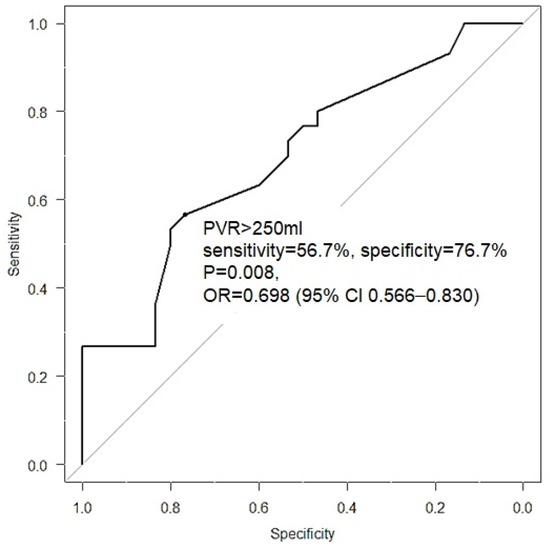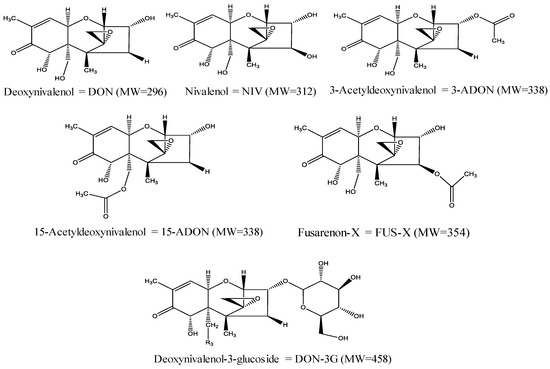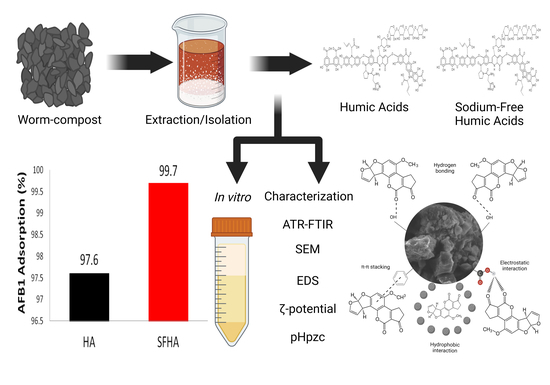Toxins 2023, 15(2), 107; https://doi.org/10.3390/toxins15020107 - 26 Jan 2023
Cited by 11 | Viewed by 3902
Abstract
The existence of aflatoxin M1 (AFM1) in raw milk results in economic losses and public health risks. This research aims to examine the capability of bentonite to adsorb and/or eliminate AFM1 from various raw milk types. In addition, the
[...] Read more.
The existence of aflatoxin M1 (AFM1) in raw milk results in economic losses and public health risks. This research aims to examine the capability of bentonite to adsorb and/or eliminate AFM1 from various raw milk types. In addition, the effects of numerous bentonites (HAFR 1, 2, 3 and 4) on the nutritional characteristics of the milk were studied. Our findings revealed that goat milk had the highest value of AFM1 (490.30 ng/L) in comparison to other milks. AFM1 adsorption was influenced by applying bentonite (0.5 and 1 g) in a concentration-dependent manner for different time intervals (from 0 to 12 h). The percentage of AFM1 reached the maximum adsorption level after 12 h to 100, 98.5 and 98% for bentonites HAFR 3, 1 and 2, respectively. HAFR 3 (1 g bentonite) presented higher adsorption efficiency than other bentonites used in the phosphate buffer saline (PBS) and milk. Residual levels of AFM1 reached their lowest values of 0 and 1.5 ng/L while using HAFR 3 in PBS and milk, respectively. With regard to the influence of bentonite on the nutritional characteristics of milk, there was an increase in fat, protein and solid non-fat ratio while using HAFR 3 and 4, yet decreased lactose in comparison with the control. Scanning Electron Microscopy and Fourier Transform-Infrared Spectroscopy both identified bentonites as superior AFM1 binders. The results demonstrated that bentonite, particularly HAFR 3, was the most effective adsorbent and could thus be a promising candidate for the decontamination of AFM1 in milk.
Full article
(This article belongs to the Special Issue Mycotoxins: Decontamination and Adsorption)
►
Show Figures
